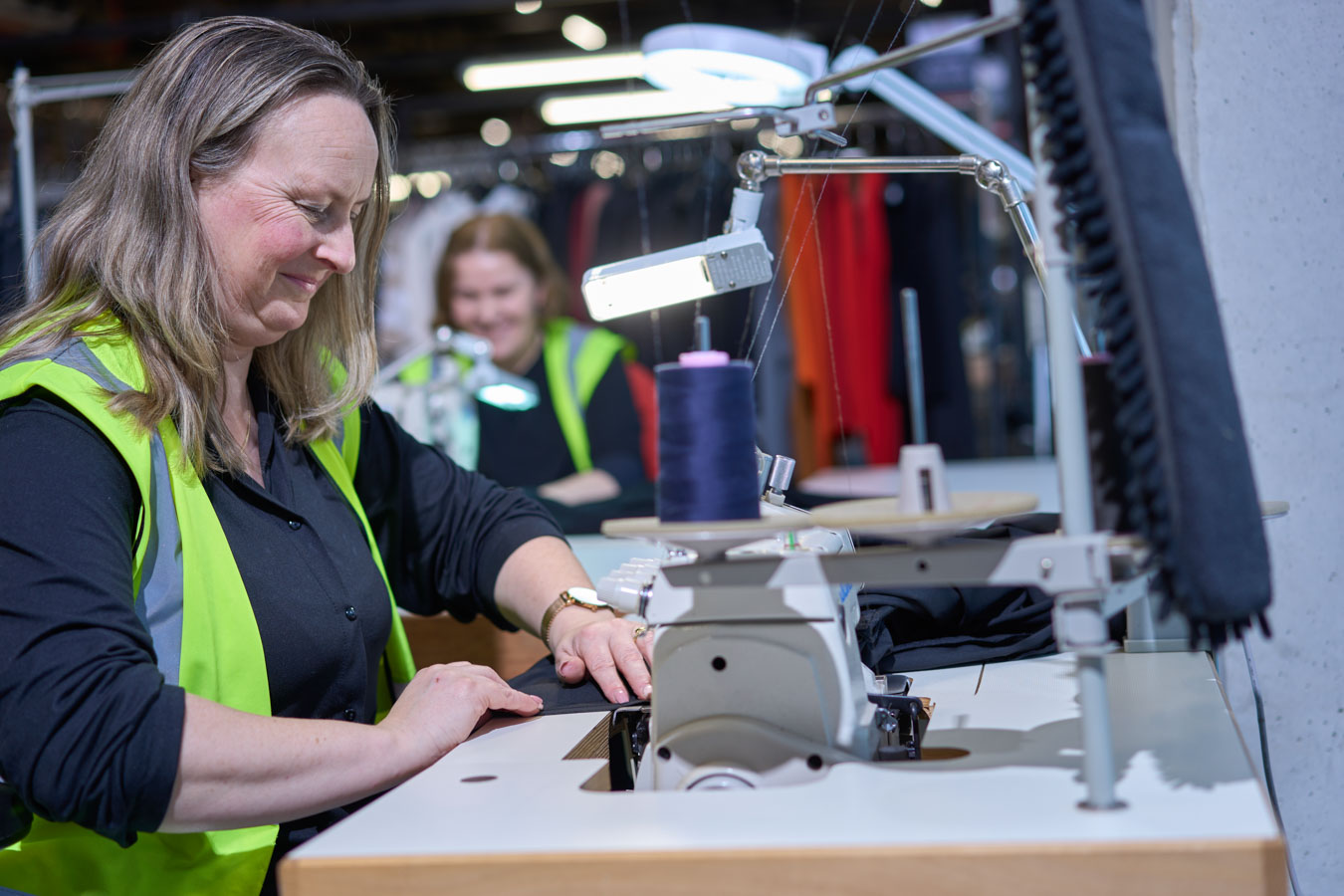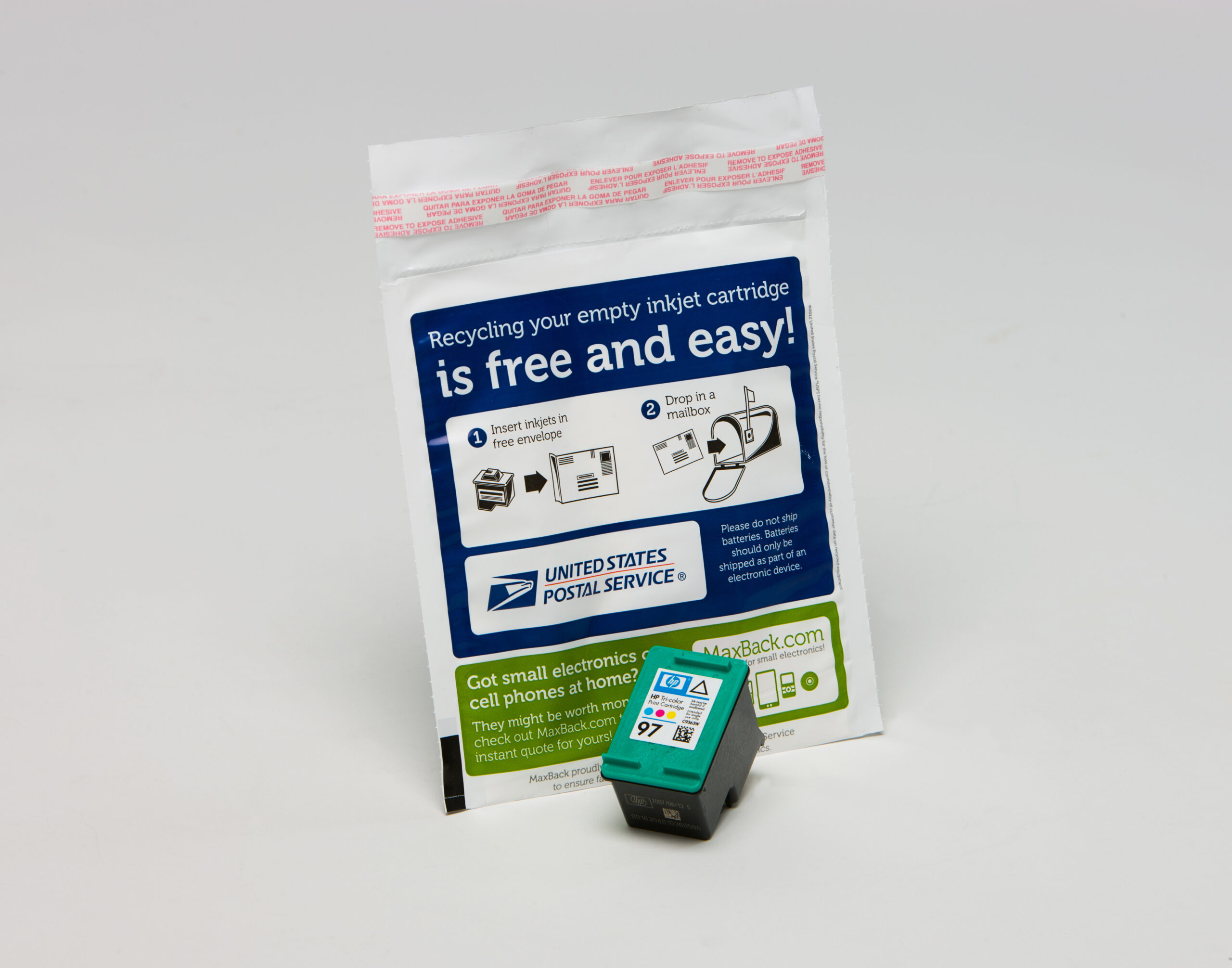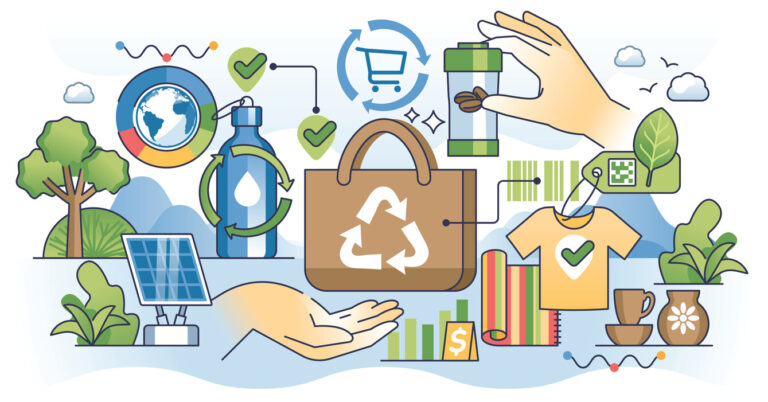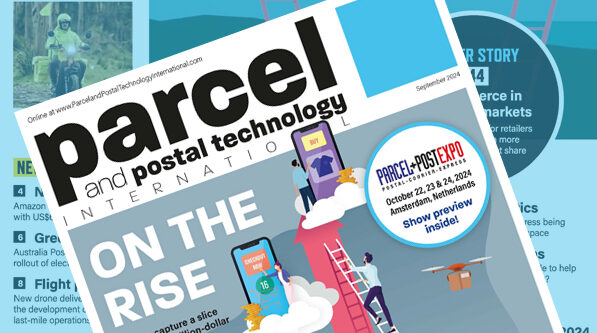Sustainability is a key focus for postal operators and logistics providers, with many investing in technology such as automation and EVs to meet emissions targets. But there’s another, considerable way to further their operations’ sustainability credentials: investing in the circular economy.
In essence, the circular economy is about keeping raw materials and end products – where possible – in a constant and sustainable cycle. So, instead of a linear economy where products move from manufacturer to end user, they’re going back for repair, refurbishment, recycling and reuse.
More and more consumers are embracing the mantra of ‘reduce, reuse, recycle’, and businesses – including posts and logistics firms – are following suit. Not just because it’s the right thing to do, but also because it boosts brand reputation and potentially offers new revenue streams.
It’s become easier for consumers to participate in the circular economy as e-commerce has made access to the second-hand market much simpler, with consumers using digital platforms such as eBay, Vinted and Depop more than ever before.
Garrett Bridgeman, managing director of mails and parcels at Irish operator An Post, also points to the rise in large retailers promoting the return of their labels’ preloved apparel. “This includes Zara and ASOS,” he comments. “Our youth segment in particular is leading the charge in selling and buying preloved, and the circular economy is an increasingly important segment of the packets and parcels market across the postal industry worldwide.”
Resistance is futile
There’s something else adding momentum to the circular economy: compliance and regulation. “Governments and legislature are also driving us in a circular direction,” comments Ron Thijssen, corporate social responsibility manager at logistics company Bleckmann. “Just look at European legislation such as the Green Deal [see The Green Deal at the end of this article]. This says everything has to be more circular; there needs to be less usage of raw materials and resources.”
Another example is the European Parliament’s Right to Repair Directive, which aims to reduce waste by making it easier and more cost-effective to repair goods and encourage consumers to extend a product’s lifecycle rather than simply replace it. We’re also seeing cultural shifts on ownership, spurred on by discussions on sustainability. Society appears to be transitioning from a focus on ownership to embracing more rental-based models, according to Thijssen. “With the rental model, when we finish with something we then send it back, and this is where a third-party logistics (3PL) firm can play a role. As well as transporting the item to the end user, we’ll also be needed to bring it back to the warehouse, where it might then need to be cleaned before it can be sent back out. This is essentially an example of circular logistics,” he explains.
Enabling re-commerce
The opportunities to create a more circular economy continue to grow, and many big brands are looking into schemes that see their customers return their empty packaging or send in items for repair.

Postal and logistics organizations are well placed to take on some of the new tasks coming out of these changes – such as the processing, disassembling or repairing of items – in addition to transportation and storage. EY reports that such value-added services have higher margins than the traditional business.
Bleckmann was an early embracer of this opportunity, as Thijssen explains: “We currently service over 250 fashion brands, which means there’s a huge amount of clothing we send out and a lot comes back, so we saw an opportunity here to help our clients become more circular.
“Historically this has not been a very sustainable sector, especially with the rise of fast fashion. So, rather than throwing away returns, we want to be able to re-commerce them, and we can do this by offering a cleaning, ironing and repairing service for any items that have been returned,” Thijssen adds. (See Bleckmann embraces preloved fashion at the end of this article)
New opportunities
Developing products and services to facilitate increased volumes of preloved items presents challenges including, but not limited to, stock management and investment
in new technology. However, the opportunities for expansion and income are immense and the savviest posts and logistics firms have already begun to offer more in this area.
An Post, for example, has extended the weight limit for its easy posting boxes available at all post offices and is now working with a growing number of brands on returns initiatives (see An Post supports new returns initiatives at the end of this article). It’s also developing a retailer API designed to support circular retailers.
“The API allows customers who have a marketplace for selling preloved items to sell their items and generate a handy shipping/postal label on their site,” comments Bridgeman. “They can then simply parcel up the item and drop it off at their local post office or PostPoint agent, or opt for a collection from their home. This enables a seamless journey for preloved sellers and a great service for their buyers.”
In certain markets where recycling facilities aren’t so readily available, the provision of such services is a potential revenue stream. For example, Pos Malaysia, a member of the International Post Corporation’s Sustainability Measurement and Management
System (SMMS) program, generates revenue by collecting wastepaper.
“In the context of making better use of resources, the SMMS program set a 2030 target for participating posts to recycle or reuse 75% of waste materials,” Luke Lloyd, IPC’s head of markets, explains. “This percentage was just 46% in 2019, highlighting the challenge ahead, especially when certain chemicals must be disposed of rather than recycled or reused.”
These kinds of moves are international – last year the US Postal Service (USPS) created its Environmental Council, which will guide the environmental strategy for the postal service for the next decade.
Starting at home
A key element of the circular economy is not just in the recycling and reuse of resources but also in the reduction of resources being used. Therefore, many post and logistics firms are offering more sustainable solutions within their operations and the products purchased by customers, including more sustainable or potentially reusable packaging, in-house recycling schemes and digitalization.
USPS has set itself the goal to divert 75% of its waste from landfill by 2030, for example, with “initiatives in place to increase this diversion rate over the coming years while also increasing operational efficiencies”, as Jennifer Beiro-Réveillé, senior director of environmental affairs and corporate sustainability at USPS, highlights.

Another new growth area for the postal circular economy is in the recycling and reuse of vehicle batteries. This is an important topic, especially when considering the large and rapidly growing postal fleet of electric vehicles. These kinds of programs have multiple benefits – not only can they lead to lower costs through reductions in electricity, fuel and physical materials but they can also help to draw in new customers.
“Post and logistics customers are keen to improve their own resource usage, and so lean on their suppliers to do this. For example, posts can be considered the ‘Scope 3’ emitters of CO2 for e-retailers and online marketplaces, so there’s a clear business benefit from going circular to gain more e-commerce customers,” asserts Lloyd.
“Using fewer resources will also lead to reduced taxation for e-retailers and delivery providers,” he continues. “Many governments are looking to impose taxes on e-retailers that use excess plastic in their products and packaging. If posts can support this reduced resource usage for their clients, then they’ll help to drive down taxation expenses.”
Changing minds takes time
Sustainability might be more important than ever, but building and then moving to a circular economy is a huge step. More organizations and individuals are understanding the reasons to embrace circularity, but it’s something that will take time as it’s a massive undertaking and change.
Thijssen, for example, must work hard to sell Bleckmann’s new offering to many of its clients. “They say, ‘Hey, hold on, we’re paying money to have these items produced, shipped from China to Europe and stored in your warehouse. Why would we then want to pay more to have a returned item repaired?’” he says.
“We’re having to show them how this helps them get rid of a problem – instead of paying us to just store returned goods for months at a time, we can now clean and repair them, giving the client new sales opportunities and enabling them to take another step toward circularity,” he adds.
The industry is very much at the start of its journey in building a circular economy, but nevertheless looks set to lead the way in making it happen. Posts and logistics firms are the glue that will stick the circular ecosystem together, but for the circle to be completed, everyone needs to play their part.
The Green Deal
Launched in July 2021, the European Green Deal aims to make Europe the first climate-neutral continent in the world. All 27 EU member states have committed to the deal and
have pledged to reduce emissions by at least 55% by 2030, compared with 1990 levels.
As a result of the deal, the EU now has legally binding climate targets covering all key sectors of the economy.
The overall package includes:
- Emissions reduction targets across a broad range of sectors;
- A target to boost natural carbon sinks;
- An updated emissions trading system to cap emissions,
put a price on pollution and generate investments in the green transition; - Social support for citizens and small businesses.
Member states will now spend 100% of their emissions trading revenues on climate- and energy-related projects and the social dimension of the transition.
A Social Climate Fund has been established that will dedicate €65bn (US$71bn) from the EU budget and over €86bn (US$94m) in total to support the most vulnerable citizens and small businesses with the green transition.
This will ensure there are opportunities for everyone, by tackling inequality and energy poverty, and strengthening the competitiveness of European companies, leaving no one behind.
Bleckmann embraces preloved fashion
Logistics firm Bleckmann is currently working on circular projects with approximately 20 of its fashion customers, offering cleaning and repair services for returned clothes. This service was launched with one renewal workshop in each of the countries it operates in: Belgium, the Netherlands, the UK and the USA.
“Of course, we want to serve clients wherever they’re based, but we were starting with a new idea and have to build volume,” says Bleckmann’s Ron Thijssen. “We’ve started with one location per country and all the items are being sent to these and then cleaned, repaired, etc, depending on the customer’s mandate. Our end goal is to eventually have a renewal workshop in each of our 42 warehouses.”
The company is currently in the process of rolling out several new projects, including one with Cos and another with Karl Lagerfeld.
“It’s great to partner with such an esteemed high-end brand to engage in this kind of project,” Thijssen enthuses. “It’s a great way to show other customers that it’s a model that works and one that can make them money. Karl Lagerfeld now has a special department in its shop for vintage and repaired items. So, you can see the start of a process happening, of brands like this leading the way toward a circular economy.”
An Post supports new returns initiatives
An Post recently partnered with one of Ireland’s leading beauty brands, Sculpted by Aimee, on a returns initiative. Customers can now choose to send back empty beauty product containers and packaging and receive loyalty points for use against their next purchase.
“The returns process is simple via An Post’s Returns platform. It’s a big hit with customers who are super conscious of the volume of product containers in their homes, and favor them being reused rather than thrown into general recycling,” explains An Post’s Garrett Bridgeman.
His company also provides a simple returns facility for Nespresso pods. Customers just pack up the used coffee pods so they can’t leak, and leave them out for collection by their postal worker. An Post then returns them to the Nespresso collection center. “It couldn’t be easier and makes a real difference to the environment,” Bridgeman confirms.
This article was originally published in the September 2024 issue of Parcel and Postal Technology International.



